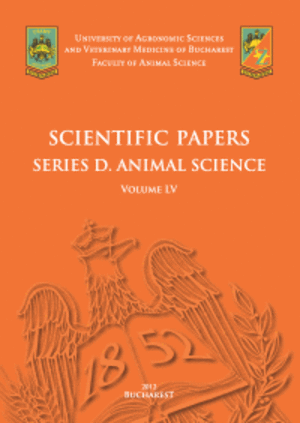Published in Scientific Papers. Series A. Agronomy, Vol. LXVIII, Issue 1
Written by Elena IURCU-STRAISTARU, Alexei BIVOL, Natalia CÎRLIG, Stefan RUSU
In the Republic of Moldova, maize, also known as corn, is one of the major field crops, possesses strong phenotypic plasticity, is profitable and productive, but every year it is frequently invaded by harmful organisms, which exert a severe parasitic impact. The results of the phytosanitary control realized each year in the corn plantations revealed a considerable diversity of 6 diseases caused by 15 species of phytopathogenic fungi. Besides, the frequency values and the progressive impact were assessed comparatively per phases of vegetation, attacked organs, crop rotation systems and monoculture. The above-mentioned pathogens were also associated with invasive nematode complexes-20 species included in 7 families, belonging to the Tylenchida order, distributed according to the investigated areas, classified into 5 groups of the trophic spectrum. It has been estimated that the highest values of frequency and abundance of the invasive impact are characteristic of the detected endo-ectoparasitic species belonging to the families: Pratylenchidae Hoplolaimidae, Paratylenchidae, Tylenchidae, Heteroderidae, which severely infest the seedlings in the early stages of vegetation.
[Read full article] [Citation]




